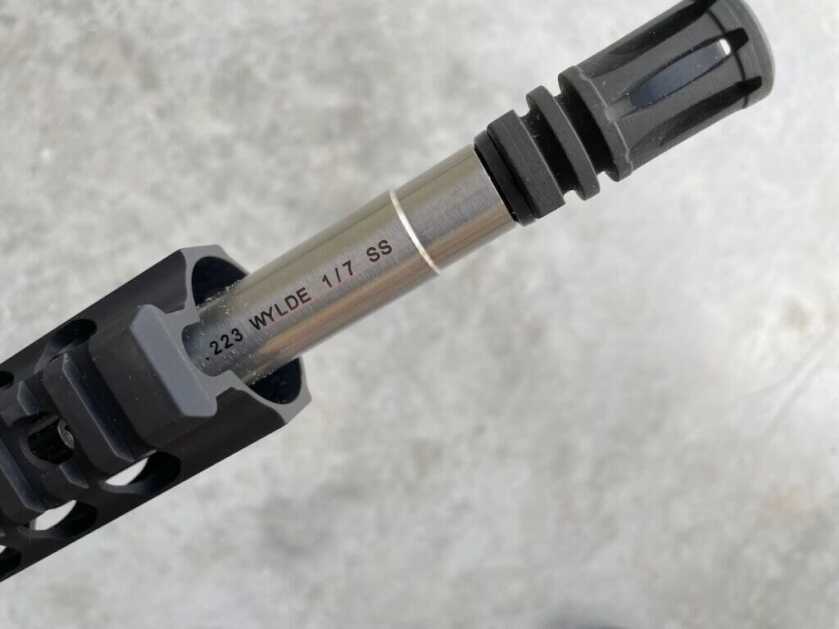
Estimated reading time: 7 minutes
If you spend enough time around AR-15s I’m sure you heard about .223 Wylde. The .223 Wylde is not a caliber like the .223 Remington and the 5.56x45mm NATO cartridges, but a chamber specifically designed to shoot both the .223 and 5.56. In the 1990s, the .223 Wylde chamber was designed to accurize the 5.56 NATO for NRA High Power rifle competitions.
The designer, Bill Wylde, modified the chamber using dimensions from both the 5.56 and .223. Wylde basically found a sweet spot in the chamber dimensions to wring out the best accuracy in both 5.56 and .223 cartridges without creating excessive pressure. You do know that the 5.56 and .223 are different cartridges, right?
Available on GunsAmerica Now
Table of contents
.223 Rem vs 5.56 NATO
Back in 1957, the .223 Remington was an experimental cartridge being developed in conjunction with the AR15 rifle. One of the US Military’s requirements for the new cartridge was the cartridge’s projectile needed to have a velocity equal or better to the speed of sound at 500 yards.
The US Military adopted the new .223 Remington with a 55-grain FMJ bullet and a muzzle velocity of 3,250 fps, and officially called it Cartridge, 5.56 mm ball, M193. The then new M16, a full auto version of the AR15, and the then new cartridge literally were baptized in combat in the late 1960s during the Vietnam War.
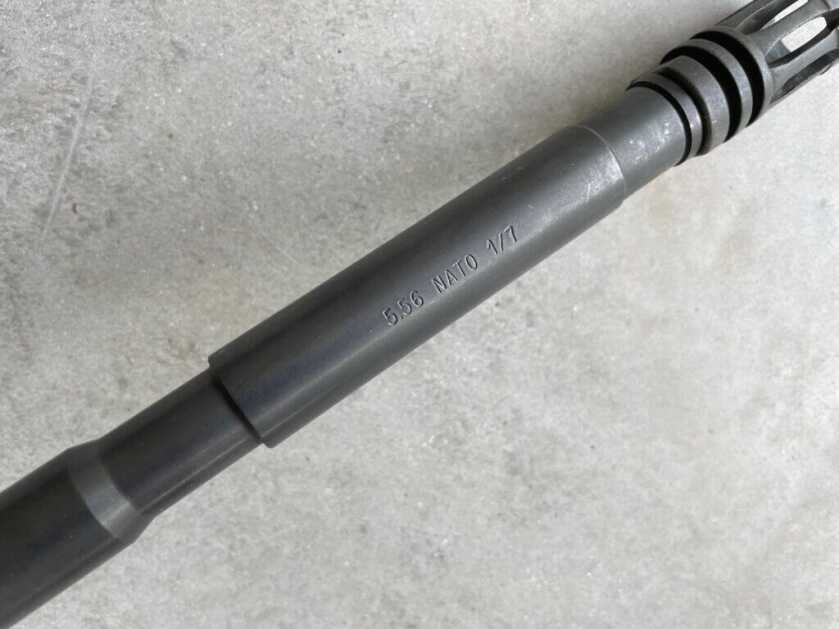
Soon after the Military adoption the new cartridge, Remington submitted the .223 Remington caliber to SAAMI and after SAAMI’s blessing, Remington introduced the .223 Remington to the commercial market in December 1963.
The chamber pressure is different, too. The .223 Remington produces 55,000 psi (Pounds per Square Inch) while the 5.56×45 NATO produce 62,300 psi. What this boils down to is the 5.56 runs a lot hotter than .223.
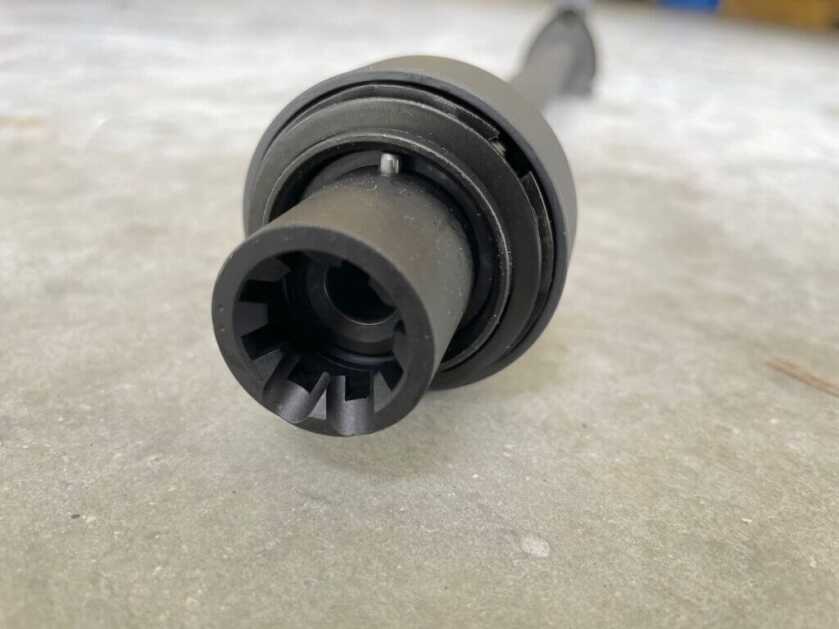
The Main External Differences
Externally, the dimensions of the 5.56 NATO and .223 Remington cartridges are the same. The difference in the two cartridges and chambers occurred in the late 1970s when FN Herstal was developing a version of the 5.56 caliber for NATO adoption. In October of 1980 there was a change. NATO adopted the FN-designed SS109 cartridge with a 62-grain boattail bullet with a muzzle velocity of 3,100 fps. The US Military called this load the M855, and this established the 5.56×45 NATO name.
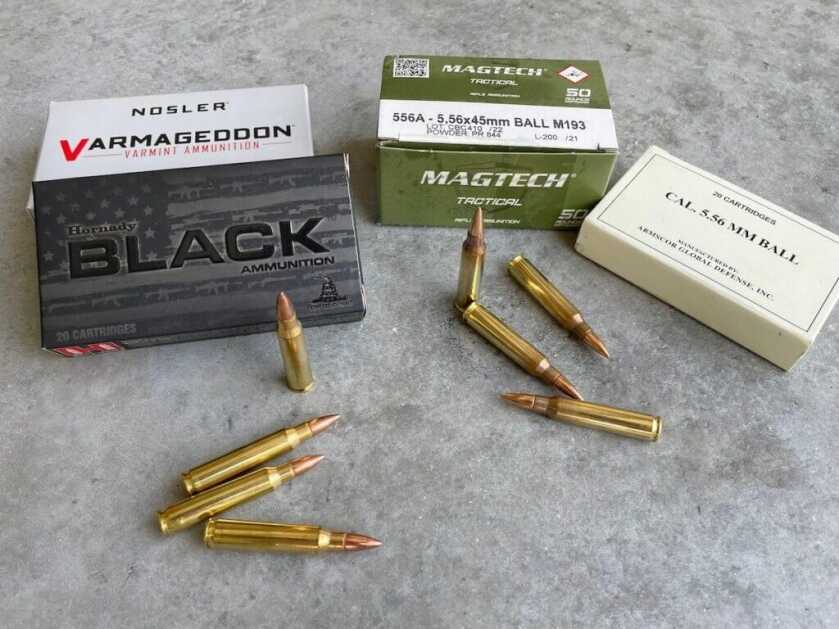
It’s common for a lot of shooters to think the 5.56×45 NATO is interchangeable with the .223 Remington. It’s the chamber dimensions that differ between the .223 Remington and the 5.56×45 NATO. The 5.56×45 NATO chamber has a longer throat than the .223 Remington chamber. The chamber throat is the area forward of the cartridge chamber that provides clearance for the bullet in the cartridge. This is also known as freebore.
Freebore
Freebore diameter is larger than the groove diameter of the rifling to allow the bullet to jump from the cartridge case mouth through the freebore and into the leade and rifling. A .223 chamber also differs because it has a steeper leade. Leade is the angle cut into the rifling the allows the bullet to enter the rifling with minimal damage. It funnels the bullet into the rifling. This gives the .223 more precision and accuracy, something that is not required in a combat rifle. Sure it needs to be accurate but not as accurate as a target rifle or varmint rifle. Enemy combatants are typically taller than coyotes.

Since the 5.56 is a military load and the military wants to use heavier and longer bullets in all types of environmental conditions, the throat or freebore is roughly .125 inches longer on a 5.56 chamber than the .223 Remington. The .223 chamber has a throat length of .040 inches and throat diameter of .2240 inches, the 5.56 throat measures .070 inches and the throat diameter is .2265 inches. The leade angle on the .223 is 3 degrees, 10 minutes and the 5.56 is 1 degree 20 minutes.
The .223 Wylde chamber has a leade angle of 1 degree, 15 minutes and a throat length of .078 inches and throat diameter of .2242 inches. Mr. Wylde decided to use the freebore diameter of the .223 and the leade angle of the 5.56. The throat length or freebore is longer than either the .233 and the 5.56. This means a .223 Wylde chamber stabilizes the bullet better with no excessive pressure. Kind a win-win for anyone who shoots .223 and 5.56 ammo.
Can You Shoot 5.56 in a .223 Rifle?
If you are wondering what cartridge is safe to shoot in what chamber a good guideline to use is this: .223 Remington ammo is safe to shoot in a .223 Remington, 5.56×45 NATO, and .223 Wylde chamber, but 5.56×45 NATO ammo should only be shot in 5.56×45 NATO or .223 Wylde chambers. Not that shooting 5.56 ammo in .223 chamber will split your barrel back like a banana peel, most rifles can tolerate the increase in pressure. But 5.56 NATO ammo will create more pressure when fired out of a .223 chamber.
READ MORE: Night Vision Ready: The Benefits of the CliffhangIR Riser
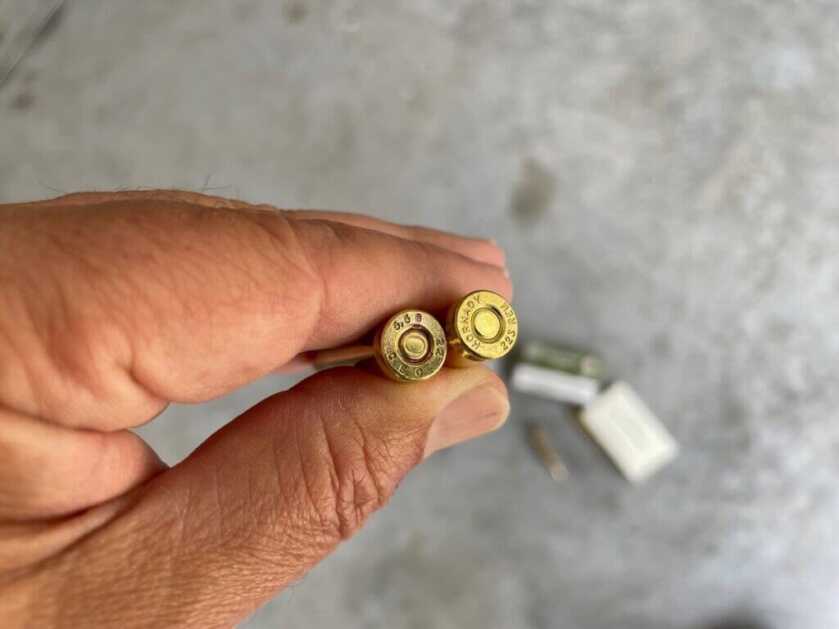
Do You Need A .223 Wylde Chamber?
Short answer is yes. Not because you are going to see jaw-dropping accuracy. That depends on the rest of your rifle setup, the ammo you shoot, and your ability. But if punching clusters of holes is your thing, the 223 Wylde is your option. When it comes to AR15 rifle manufacturers the 5.56 NATO and 223 Wylde chamber are the most common. Chances are if you have a newer AR15, the barrel will be stamped: .223 Wylde.
*** Buy and Sell on GunsAmerica! ***

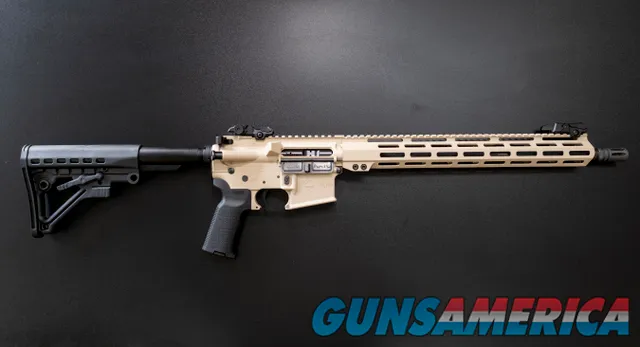

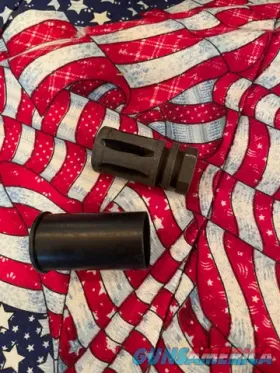
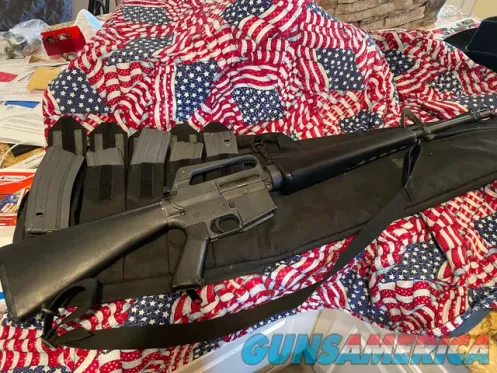

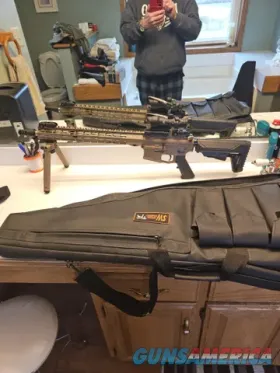
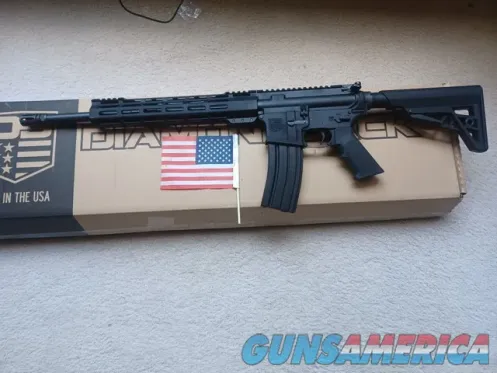
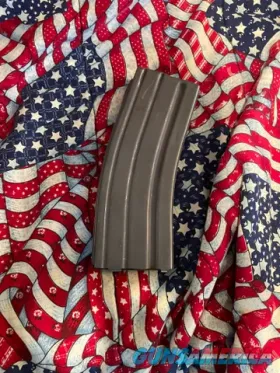
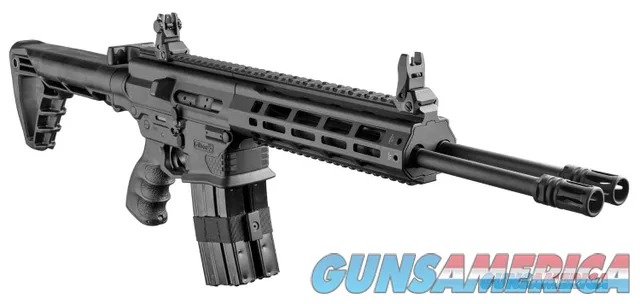
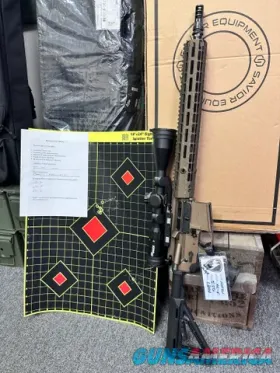

I am not editor contolled like Mr Sadowski, so I will add that many excellent handloaders will develop accurate and very accurate 223 loads that are right in the 5.56 Nato pressure area. Rather than be afraid to shoot 5.56 ammo in your 223 rifle, let your rifle tells you if it likes it or not. I have never yet encountered an excessive pressure load that is really accurate, bottom line if it’s accurate, powder combustion is under control and it is a safe load … for your rifle. If you’re unlucky enough to have more trouble than an inaccurate load, the worst I have experienced is a little harder bolt lift. But … that’s me.
Very happy to see clear technical information on this. Thank you! There is SO MUCH lore. I have a Ruger Mini-14. It’s barrel is labeled 223, but me, and thousands of others have shot 5.56×45 many times with no issues. Being an engineer, and understanding pressure vessel and barrel proof designs, the idea that +7,500 psi is going to damage a 55,000 psi design is laughable. However, it could affect the function of a semiautomatic system.
Bookmark made!
The 223 Wylde is just marketing.
Years ago after the Wylde chamber came out, I bought a Rem 700 bolt action.223 Rem target rifle.
An expert handload developer friend worked up 223 and 5.56 loads for that rifle and found the best groups with Sierra 55 and 62 grain target bullets.
Then I had the rifle remarried with a Douglas 223 Wylde barrel. My friend then developed the best 55 and 82 grain loads he could.
The results were: the best 55 and 62 grain loads in the Wylde gun were not any better than what we obtained with the 223 Rem barrel. The standard deviations were statistically the same, as well.
Perhaps for those whose ARs that are built with crappy barrels wuth crappy chambers from being cheap and still using worn out chamber reamers, new 223 Wylde barrels might produce better accuracy and/or give crappy shooters the illusion they are shooting better because they spent more money on their ARs guns.
BTW, isn’t it interesting that 223 Wylde’s vocal proponents have never trotted out any real life proof and documentation of yhe 223 Wylde’s supposedly inherent superior accuracy?
No one ever said the Wylde chambering was “more precise” (what many mistakenly call accuracy) than the .223 chambering. It is only a compromise between the .223 and 5.56 chamber that allows you to shoot either round with more precision than the milspec 5.56 chambering. I have both, in AR style rifles, and for off the shelf ammo the Wylde is indeed more precise. The only only reason to discard a .223 and replace it with a Wylde is to safely shoot 5.56 loads… NOT for increased precision.
it’s literally in the first paragraph of this article.
In the 1990s, the .223 Wylde chamber was designed to accurize the 5.56 NATO for NRA High Power rifle competitions.
Exactly! … to accurize the 5.56 chamber… NOT to accurize the .223
My 183-series Mini 14 GB’s lower gas block housing developed a crack after several hundred rounds of 5.56. I replaced it and have fired several hundred more 5.56 rounds through it with no issues, however. Rifling and throat erosion are minimal.
If the chamber of the gun creates the pressure then why isn’t the pressure the same in both the 5.56 and the .223 in the same gun? Seems to me the cartridges must be loaded differently so as to produce different pressure/speed. Most if not all ammunition manufactures publish the speed of their particular product on the box with more detail in their catalogue to help users in choosing the correct gun. This article suggests to me that by simply altering the chamber on a gun chambered for .223 that it would now be safe to use 5.56 ammo in that gun………..Did I miss something?
Yes… the cartridges are indeed loaded differently. In every bullet weight the 5.56 produces more velocity than the .223. The chamber is designed to handle the pressure that the cartridge produces. That’s why you could conceivably modify a .223 chamber to safely shoot the 5.56. Unless you really want to spend that kind of money on a particular rifle, it’s a lot cheaper to buy another barrel or entire gun.
Why would any manufacturer not want to use a more accurate chamber? The cost to cut is the same, right?
In addition to handling the higher pressures, the milspec chambering for the 5.56 was designed to function in full auto… even without regular, thorough cleanings… think combat situations.